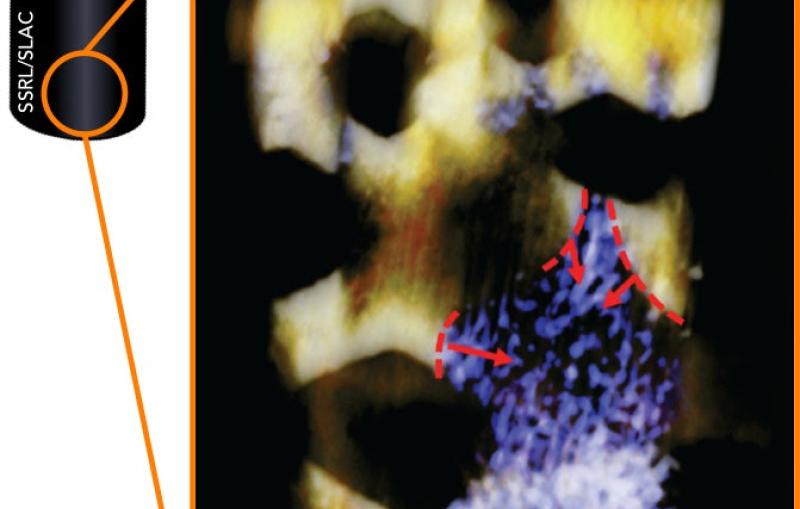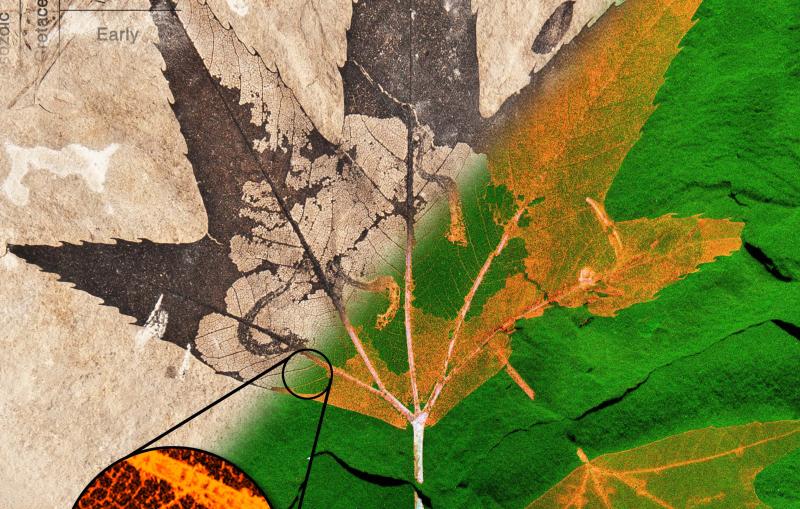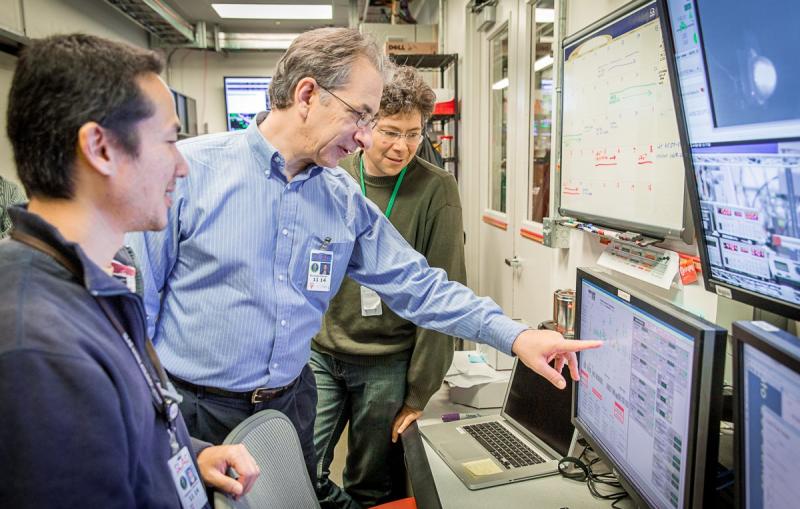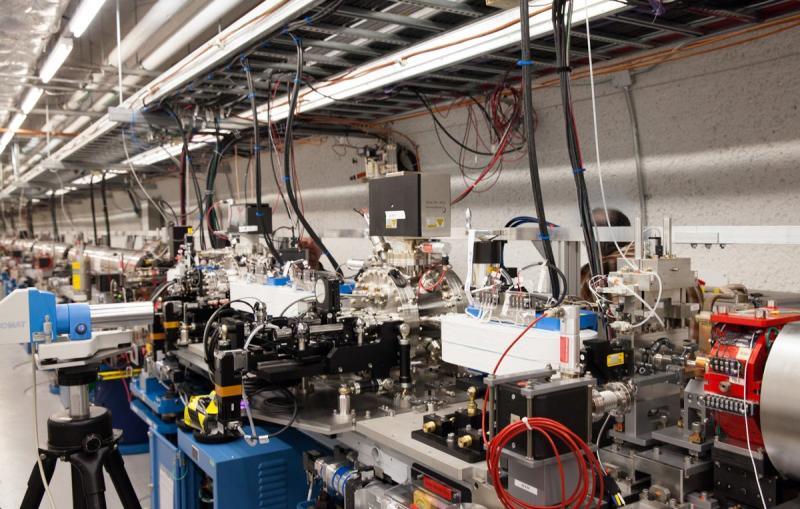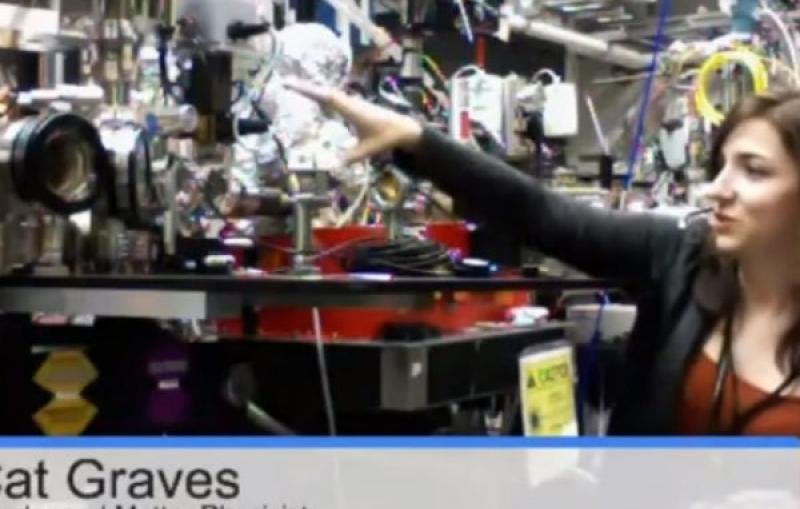Windows that darken to filter out sunlight in response to electric current, function much like batteries. Now, X-ray studies at SLAC provide a crystal-clear view into how this color-changing material behaves in a working battery – information that could benefit...
